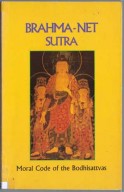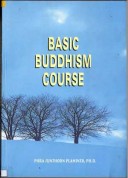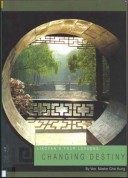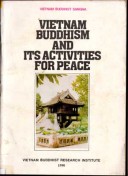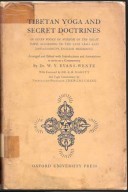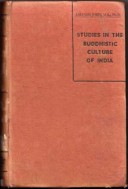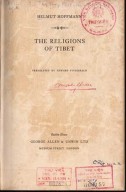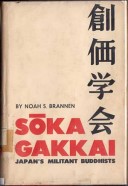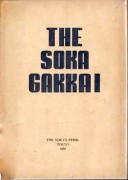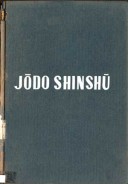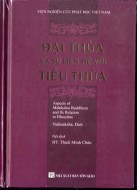Tìm Sách
Sách tiếng Anh-English >> Brahma - Net Sutra
Thông tin tra cứu
- Tên sách : Brahma - Net Sutra
- Tác giả : Minh Thanh
- Dịch giả :
- Ngôn ngữ : Anh
- Số trang : 102
- Nhà xuất bản : Sutra Translation Committe of the United States and Canada, USA
- Năm xuất bản : 1998
- Phân loại : Sách tiếng Anh-English
- MCB : 12010000007632
- OPAC :
- Tóm tắt :
BRAHMA - NET SUTRA
Moral Code of the Bodhisattvas
Contents
Preface
Introduction
Brahma Net Sutra
Major Orecepts
Secondary Precepts
Notes
Glossary
Index
Preface
In his preface to the Lankavatara Sutra, Dr. D.T. Suzuki wrote: “It is more than seven years since I began the study of the sutra quite seriously, but owing to various interruptions I have not been able to carry out my plans as speedily as I wished”. Our feeling echoes Dr. Suzuki’s, as for a decade now, we have nourished the dream of translating the Brahma Net Sutra, a text related to the Lankavatara Sutra. However, these thoughts would have probably remained an empty dream had we not attended several lay precept-giving ceremonies in recent years and a certain uneasiness among the participants.
In later conversations, we realized that this feeling stemmed from two causes: lack of understanding of the precepts and fear of not being able to live up to them thus suffering a worse karma than if one hat not taken the precepts at all – is genuine, it is largely unwarranted. In the first place, it is possible to take the precepts selectively, choosing for oneself which to take and which to omit. Secondly, such fears are no different from those of a promising student who dreams of becoming a doctor yet refuses to register for medical school lest he fail. Yet, even if he were to fail, he could always try again, and in any case, he would be exposed to medical knowledge useful to him in later life. Thus, he could only benefit and would have nothing to lose, nothing to fear.
The other reason for the participants’ hesitation is more difficult to address. How can a person agree to abide by something he does not know, except perhaps out of overwhelming faith, a race gift in today’s world, to say the least! It is in part to address that need that we have undertaken the present translation of the Brahma Net Sutra, a major Mahayana text which explains the Bodhisattva precepts. These are the most altruistic and most exalted of all precepts – they are the precepts of the Mind itself.
In the course of this translation, we have consulted (or listened to tapes of) more than a dozen annotated versions/explications of the sutra, including three full length commentaries. WE acknowledge uor indebtedness in particular to the commentaries of Elder Master Thích Trí Tịnh and Dr. J.J.M. de Groot and respectfully recommend the commentaries of Elder Master Yen-p’ei (Diễn Bồi) and Elder Master Hui Seng.
Rye Brook, NY May 1998
Minh Thành, MA, MBA
PD. Leigh, MS
 Facebook
Facebook
 Google
Google
 Google+
Google+
